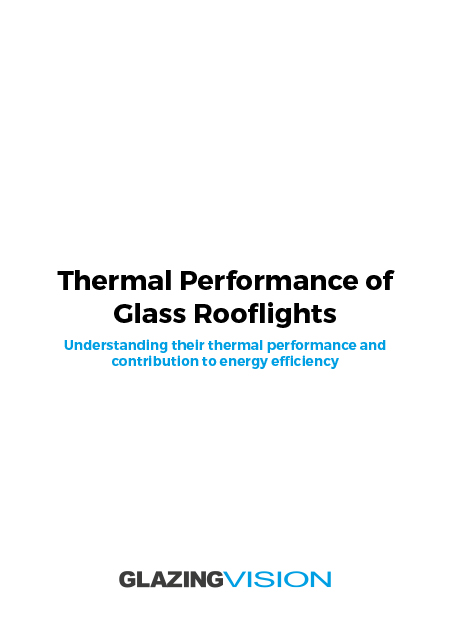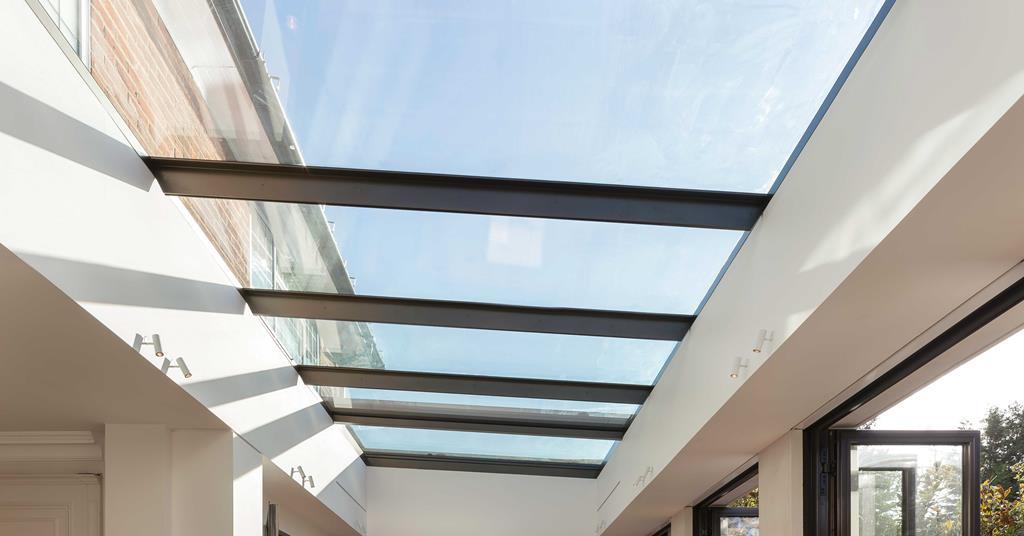Thermal Performance of Glass Rooflights Whitepaper - Glazing Vision

READY TO DOWNLOAD?
Login to our CPD Training Portal to Download the FREE WHITEPAPER Glazing Vision Thermal Performance with Rooflights Whitepaper
LOGIN OR REGISTER
Once you’re logged in you can access all our training modules for free anytime that works for you. Enjoy On Demand CPD Training!
or
Please contact us via contact@construction-cpd.com to get permission to publish this whitepaper on your website.
<div style="position: relative!important; width: 100%!important; min-height: 700px; overflow: hidden!important; padding-top: 56.25%!important;"><iframe src="https://www.construction-cpd.com/cpd-external-view?ExternalId=137&ReturnUrl=https://www.construction-cpd.com/whitepapers/guide-to-thermal-performance-and-rooflights" style="position: absolute; top: 0; left: 0; bottom: 0; right: 0; width: 100%; height: 100%; min-height: 500px; border: none;"></iframe></div>
What is ‘thermal performance’?
When thinking about the energy efficiency of buildings, it’s easy to focus on heat loss through individual elements and forget the wider picture. It’s true that U-values often become the headline figures in a specification, but they are not the sole barometer of performance.
There’s a reason for the relevant section of the building regulations in England, Wales and Northern Ireland being titled ‘Conservation of fuel and power’, and ‘Energy’ in Scotland. Minimising the leakage of warm air from a building is a fundamental part of its design and specification, but it isn’t achieved by low U-values alone.
- Part L 2013 in England, supported by Approved Documents L1A, L1B, L2A, L2B.
- Part L 2014 in Wales, also supported by Approved Documents L1A, L1B, L2A, L2B.
- Section 6 of the Domestic and Non-domestic Technical Handbooks 2015 in Scotland.
- Part F 2012 in Northern Ireland, supported by Technical Booklets F1 and F2.
The regulations for the different parts of the UK aim to achieve broadly the same thing: high levels of energy efficiency and low carbon dioxide emissions, though inevitably the route to compliance varies slightly from country to country. It used to be possible to specify building fabric that performed relatively poorly, offsetting it through the inclusion of renewable technology. Prominent building physicists describe this as like running a hot bath without putting the plug in first: very inefficient. More recent regulatory updates have effectively moved to put the plug in, shifting the focus toward high performance building fabric.
Putting fabric first
Popularly, this is known as adopting a ‘fabric first’ approach. Generally speaking, buildings are designed to last - look at the age of some of the properties we occupy, and also consider that 80% of the buildings standing today will still be with us in 2050.
Technology will continue developing, achieving greater efficiency over longer service lives, but highly efficient building fabric delivers for the life of the building. Get the performance wrong and the building will be saddled with it from the outset, unless a high level of retrofit is carried out.
A fabric first approach, on the other hand, makes life easy for a building’s owners and occupants - they can continue to reap the benefits of comfortable internal conditions and low energy bills, with minimal maintenance required.
This document looks further into the thermal performance of glass rooflighting and understanding their contribution to energy efficiency.


